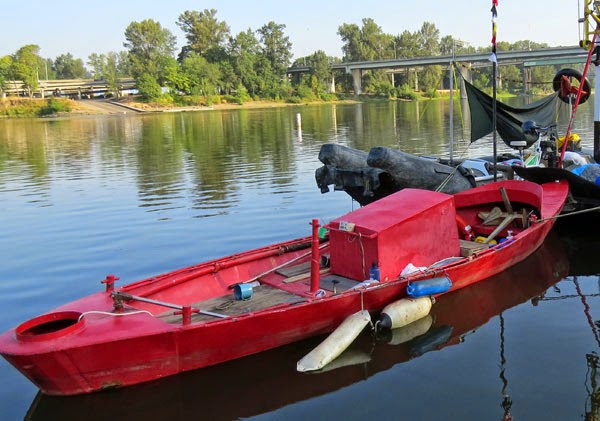Our RV sits ready in our driveway this morning, ready to
blast off in the morning for our next volunteer position. In fact, tomorrow
starts our 15th year of volunteer hosting. It all began in the
summer of 2000 when we volunteered for The Nature Conservancy in the far North
East corner of Oregon at the Clear Lake Ridge Nature Preserve, where we stayed
in a remote cabin. That was followed
with volunteer positions with the Oregon Department of Fish and Wildlife at
several hatcheries, administrative offices, and wildlife areas. Most winters have been spent volunteering for
several Arizona State Parks, and summer jobs with different Oregon State Parks.
As I look back on past years we have had an amazing variety of adventures and
experiences.
Monday we begin a month’s stay at
Beaver Creek State Natural Area, an Oregon State Park, on the Oregon Coast
south of Newport. This is the same
location that we spent two and a half months last summer as volunteer hosts at
the Welcome Center. A good number of
our readers found us there last summer, and we look forward to seeing everyone that’s
able to make it again this year.




























